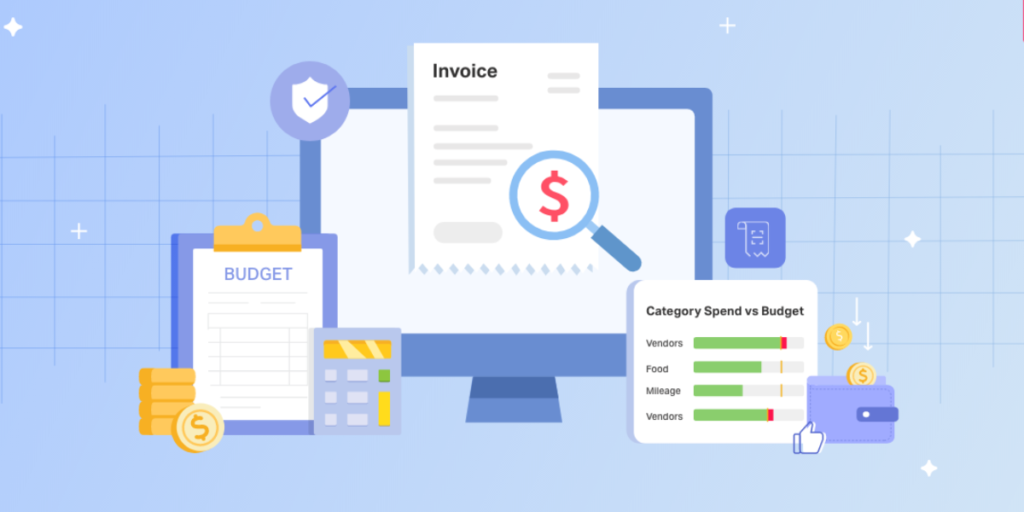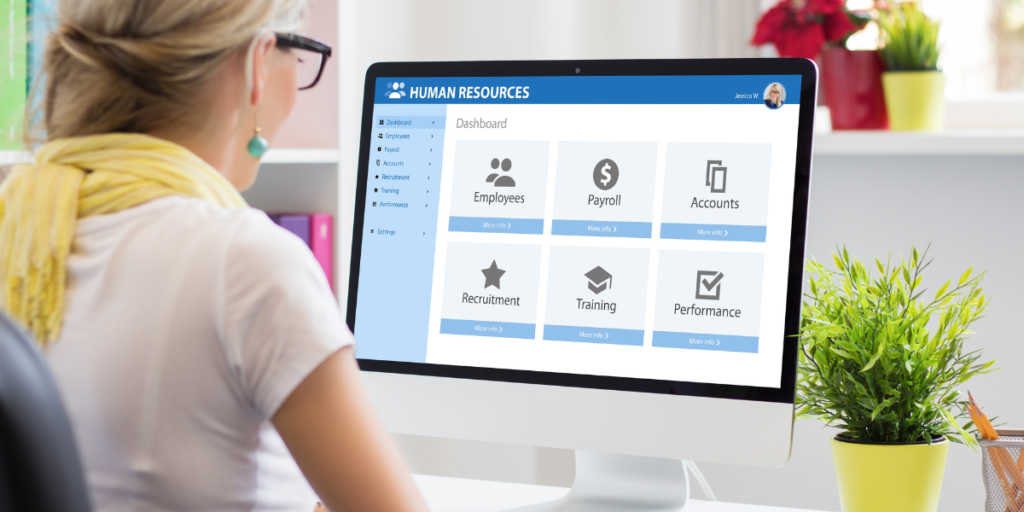The Point: Artificial intelligence (AI) promises a seismic shift in the landscape of the global economy with a potential contribution of $15.7 trillion by 2030. As a result of reading PWC’s AI report titled, “Sizing the prize – PwC’s Global Artificial Intelligence Study: Exploiting the AI Revolution (What’s the real value of AI for your business and how can you capitalize?)” I produced a five (5) part series of articles. This article explores the dynamic underpinnings from the report’s predictions, including the sectors poised for transformation and the importance of strategic investment in AI technology. The AI Revolution is not on the horizon; it’s already here, and the business entities that can harness AI’s power will have the key to unlocking vast economic potential… Enjoy!
A Deep Dive into the Potential $15.7 Trillion Contribution
Artificial intelligence (AI) has rapidly moved from the realm of science fiction to being a critical element of global economic discourse. The PwC Global Artificial Intelligence Study brings to light the transformative economic potential of AI – a staggering $15.7 trillion that could be added to the global economy by 2030. But what do these numbers mean? And more importantly, how can businesses and economies seize this enormous prize?
Understanding the $15.7 Trillion Figure: A Breakdown
To put the figure into perspective, $15.7 trillion is larger than the current combined output of China and India, two of the world’s largest economies. The mechanisms through which this contribution will occur include labor productivity improvements through automation and augmentation of tasks, and an increase in consumer demand brought about by AI-driven product enhancements.
With approximately $6.6 trillion expected to arise from increased productivity and $9.1 trillion from consumption-side effects, the study shows that AI has the potential to be a significant driving force in the global economy.
Sectors to be Transformed by AI
No stone will be left unturned by the AI revolution. Industries, ranging from manufacturing to services, are poised to reap the benefits of AI.
Manufacturing could witness a quantum leap in productivity with the adoption of AI technologies. Predictive maintenance, automated quality control, waste reduction, and supply chain optimization are just a few of the many areas where AI can make an impact.
In the services sector, customer experiences could be transformed, with AI providing more personalized and efficient customer service. Healthcare could see improved diagnosis and personalized treatment plans, while the retail sector could offer personalized shopping experiences and improved logistics.
Why Strategic Investment in AI is Crucial for Growth
The benefits of AI won’t come without concerted and strategic effort. To fully exploit the potential of AI, substantial investment in AI technology, as well as in AI-friendly infrastructure, is needed. Businesses need to invest in data analytics, cloud technology, and skilled human resources capable of working alongside AI.
Moreover, a key element of harnessing AI is the digital transformation of businesses. Legacy systems need to be replaced with new technology that can integrate AI into existing processes. This involves not just technological changes, but also cultural changes within organizations, and potentially even changes in business models.
Summary
In conclusion, AI represents an extraordinary opportunity for global economic growth. This technology has the potential to drive unprecedented efficiency and create new opportunities in a multitude of sectors. However, the prize will only be seized by those businesses and economies that recognize the transformative power of AI and invest strategically in enabling technology and infrastructure.
According to the PwC Global Artificial Intelligence Study, the world stands on the cusp of a $15.7 trillion AI-fueled economic revolution. It’s not a matter of if AI will transform the global economy, but when and how profoundly.
Sam Palazzolo, Managing Director @ Tip of the Spear Ventures
Sources
- PwC’s Global Artificial Intelligence Study: Exploiting the AI Revolution [https://www.pwc.com/gx/en/issues/analytics/assets/pwc-ai-analysis-sizing-the-prize-report.pdf]




